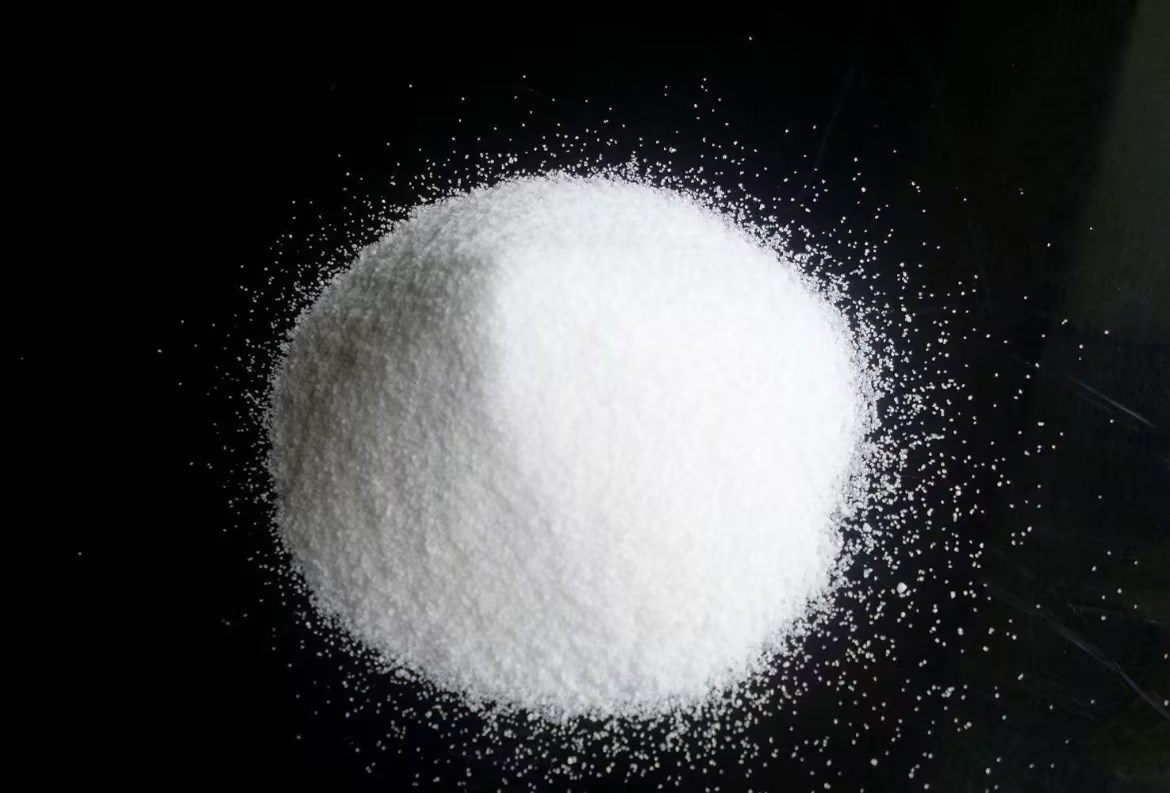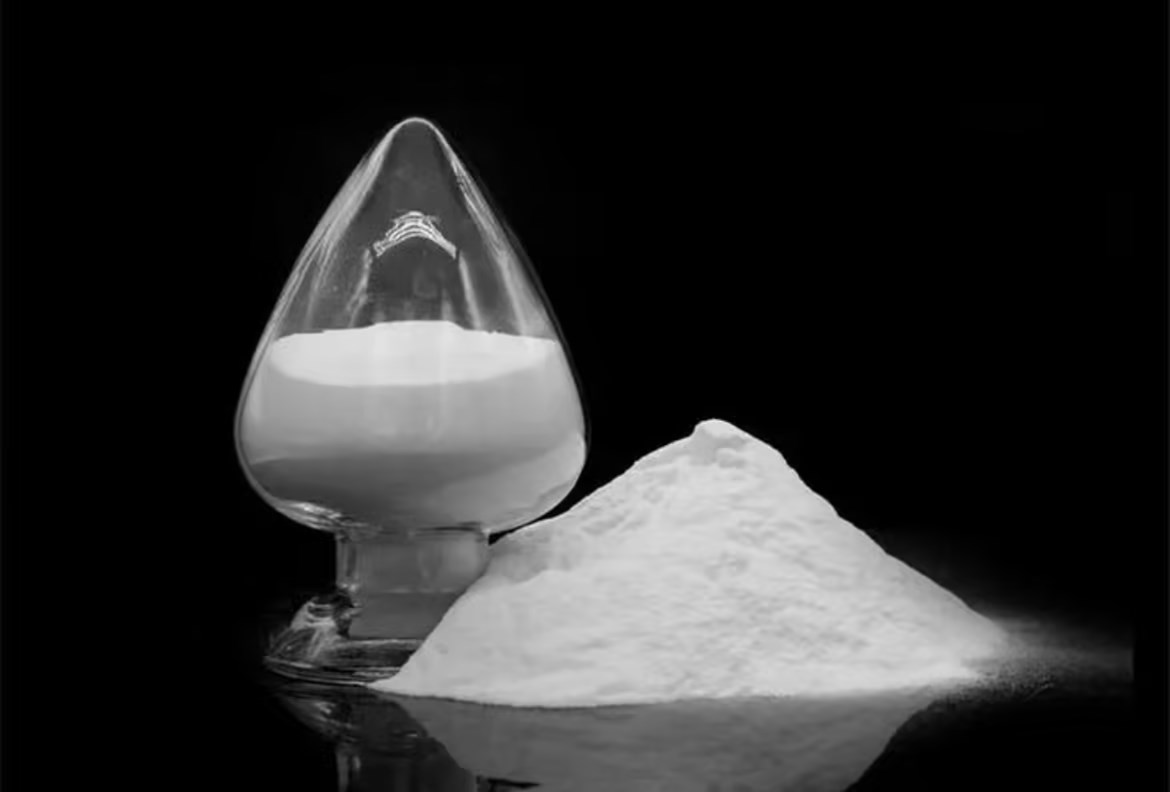The application of precipitated white carbon black in concrete can significantly improve its durability, mainly through the following mechanisms:
Improving the microstructure of concrete
Precipitation method white carbon black has a high specific surface area and nanoscale particle size, which can fill small pores and cracks in concrete, thereby improving the compactness of concrete. The optimization of this microstructure can effectively reduce the infiltration of moisture and harmful substances (such as chloride ions, sulfates, etc.), enhance the impermeability and chemical resistance of concrete.
https://www.iotasilica.com/product-fumed-silica-iota-hb4132.html
Enhance crack resistance performance
The addition of white carbon black can improve the crack resistance of concrete. Its nanoparticles are uniformly dispersed in concrete, which can absorb and disperse stress to a certain extent, reducing cracks caused by external factors such as temperature and humidity changes. In addition, white carbon black can also reduce the shrinkage rate of concrete, further reducing the risk of cracking.
Improve resistance to chemical erosion
Precipitation method white carbon black can adsorb and disperse harmful substances in concrete, reducing the damage of chemical erosion to concrete structures. For example, it can adsorb chloride ions, thereby reducing their corrosive effect on steel bars and extending the service life of concrete structures.
 Enhance weather resistance
Enhance weather resistance
The high reflectivity and chemical stability of white carbon black enable it to effectively resist the erosion of ultraviolet rays and high temperatures, reducing the aging and cracking of concrete surfaces. This characteristic is particularly suitable for outdoor building structures and can significantly improve the durability of concrete.
Optimize the mechanical properties of concrete
The addition of precipitated white carbon black can improve the compressive strength, flexural strength, and wear resistance of concrete. These performance improvements not only enhance the load-bearing capacity of concrete, but also further improve its durability, enabling it to better resist wear and damage during long-term use.

In summary, the precipitation method of white carbon black has significantly improved the durability of concrete by improving its microstructure, enhancing its crack resistance, improving its resistance to chemical erosion, and optimizing its mechanical properties, making it have broad application prospects in the field of construction

